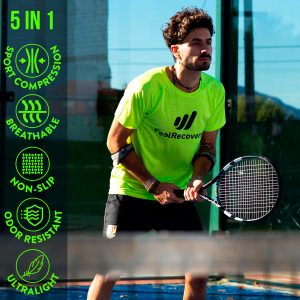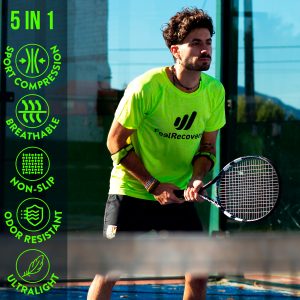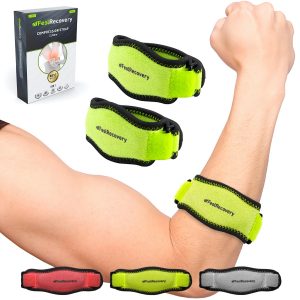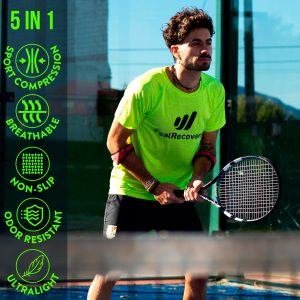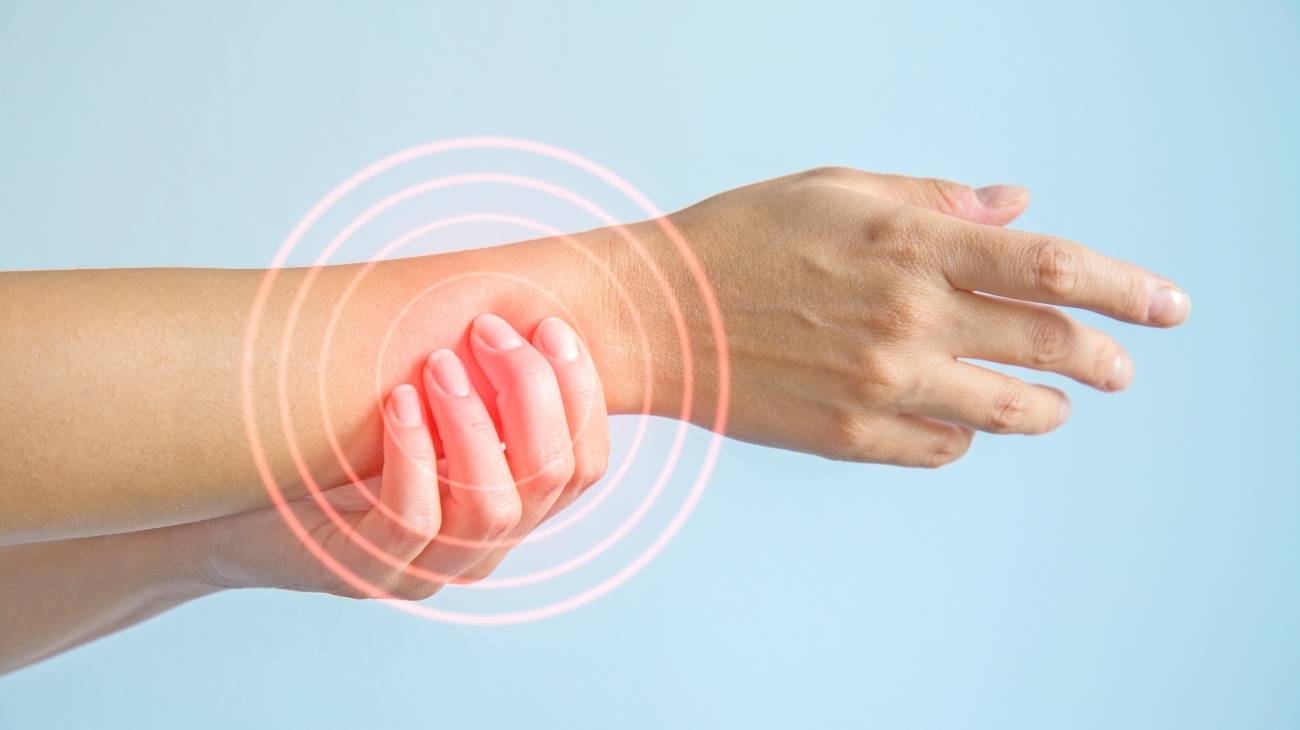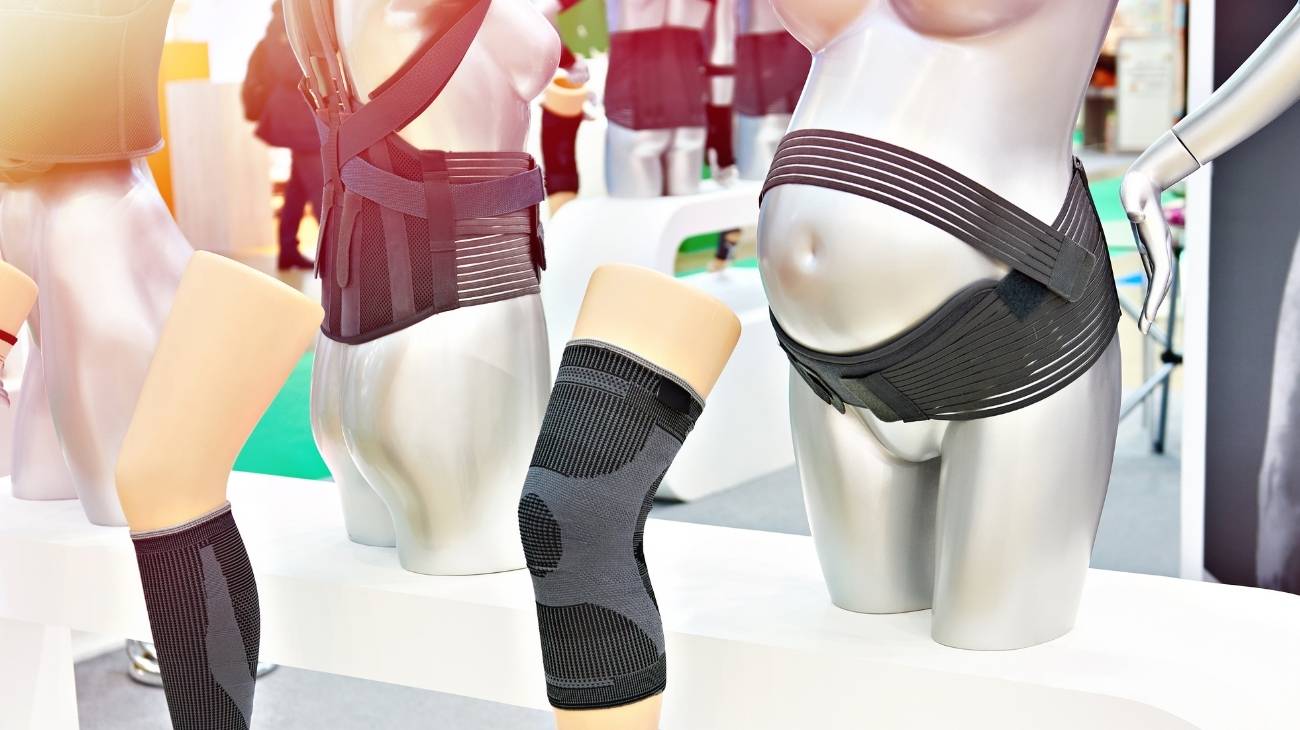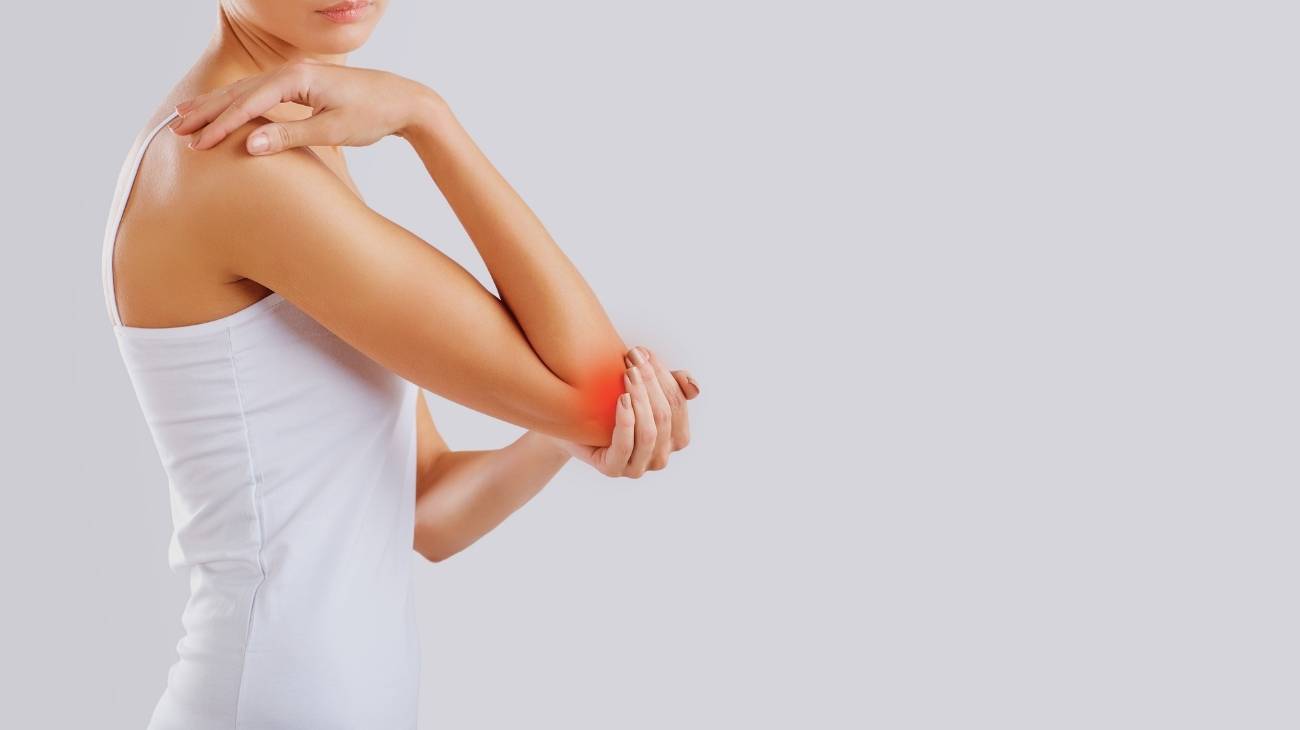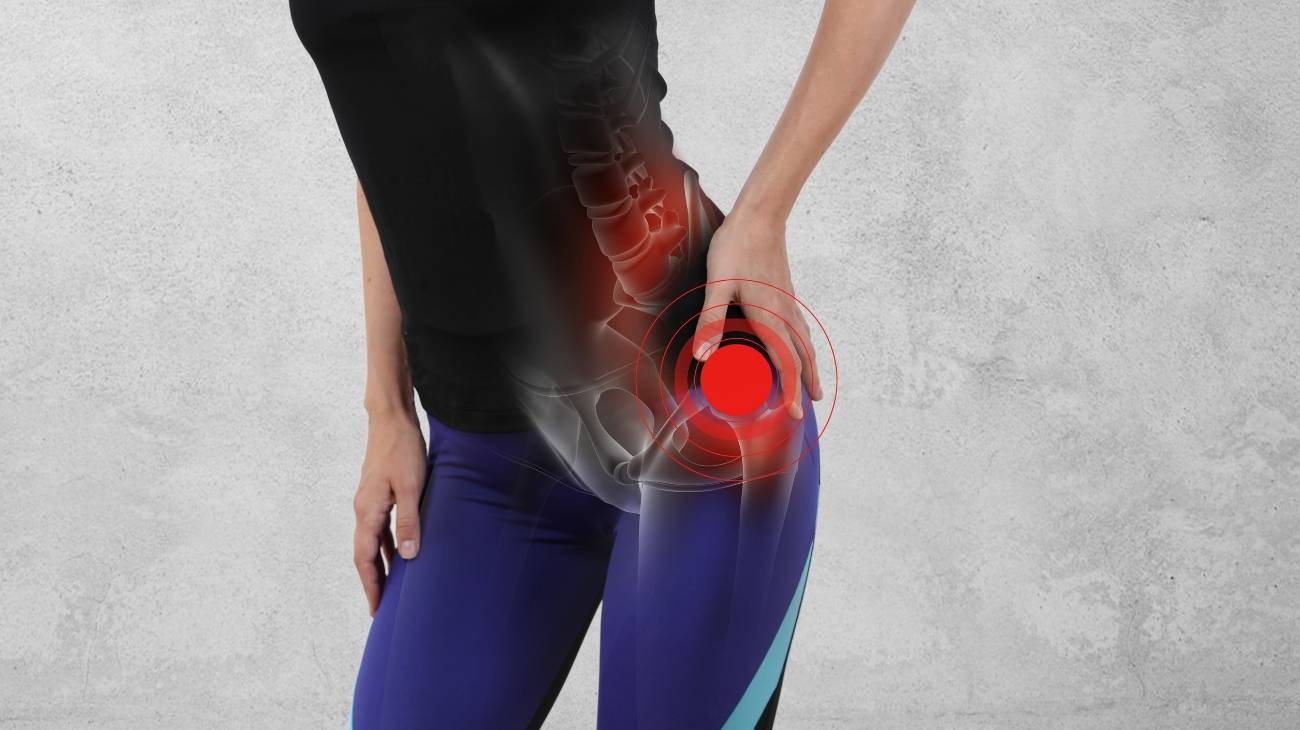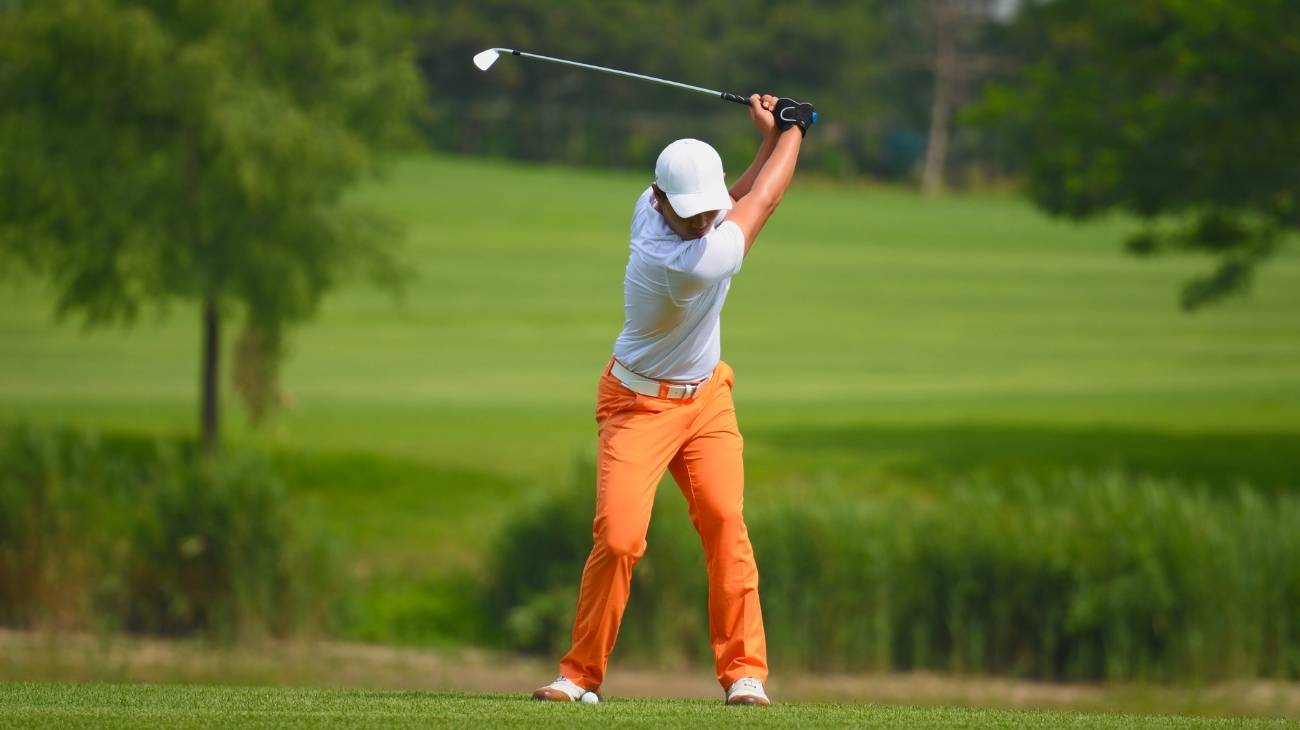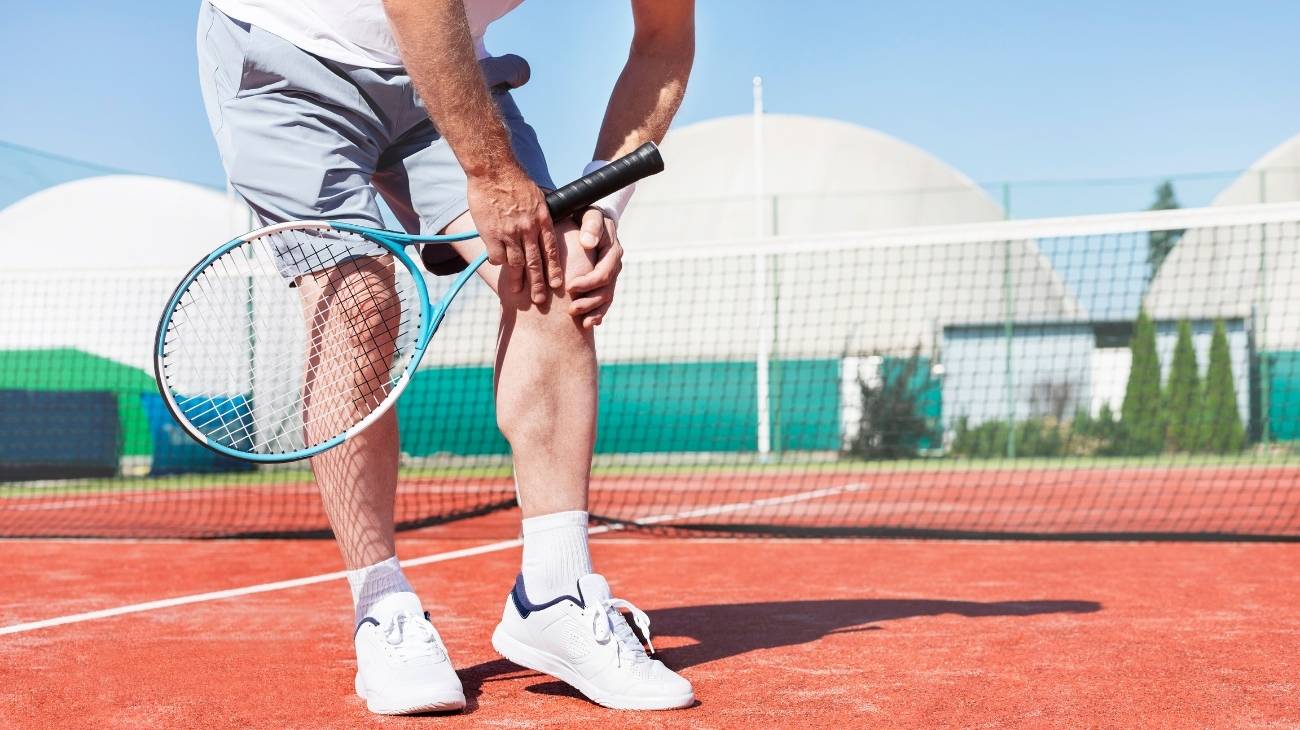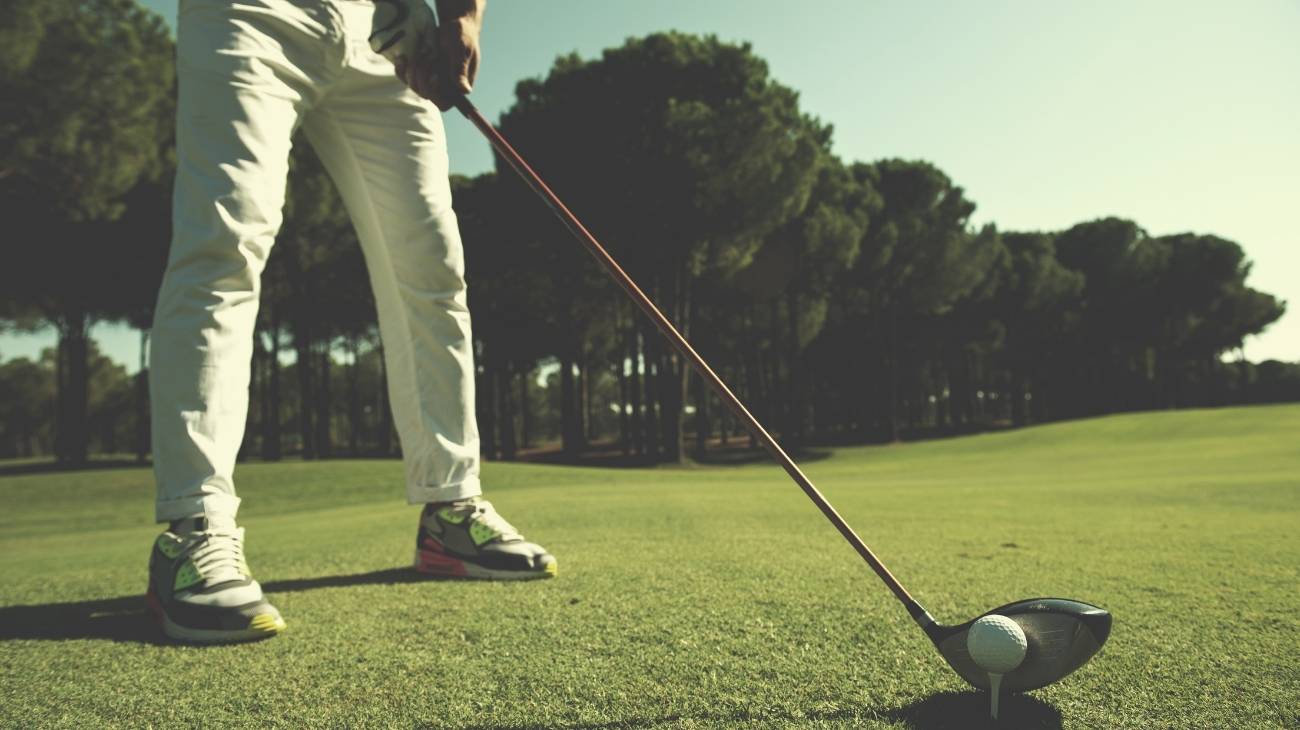In general, epicondyles are bony protrusions that lie on the condyle of a bone and serve for the insertion of muscles and ligaments. They are located in both the upper and lower limbs and their excessive use can lead to what is known as epicondylitis.
If the epicondyle, which is on the lateral and external part of the lower epiphysis of the humerus, is injured, the pathology called epicondylitis of the forearm originates and triggers a strong clinical picture in the patient. Here, you will learn more about what it is and how it can be improved with the help of forearm braces.
What is forearm epicondylitis and what are its symptoms?
Commonly known as tennis elbow, forearm epicondylitis or lateral epicondylitis is a condition that involves inflammation of the tendons that attach at the level of the epicondyles, i.e. between the eminences of bones adjacent to the joints where the tendons of different muscles connect.
It is distinguished as a condition generated by repeated microtraumatic traction at the insertion point of the extensor muscles of the hand and wrist.
The main causes of epicondylitis of the forearm are
- Overuse or overexertion of the forearm muscle.
- Use of inappropriate equipment to perform a certain activity.
- Use of incorrect posture when performing an action that overloads the muscle group.
- Playing tennis, golf or similar sports.
- Gardening, painting, etc.
- Repetitive use of the computer mouse.
- Age, this ailment mainly affects people between 30 and 50 years of age.
Lateral epicondylitis presents with a clinical picture that distinguishes the following signs and symptoms:
- Pain radiating from the outside of the elbow to the forearm and wrist. The pain usually increases when opening a door, squeezing the hand, lifting a cup of coffee, holding an object, etc.
- Night pain in the area and with rest. In other words, it tends to subside during the night.
- Discomfort and functional impotence with wrist extension and forearm supination movements.
- Difficulty in moving the fingers and lifting the wrist.
Bestseller
What are the benefits of using an elbow brace or strap to treat forearm tendonitis?
To treat tendonitis or epicondylitis of the forearm, it is recommended that the medical specialist studies the patient's case more closely to discover the causes of this condition, the most persistent symptoms and the severity of the injury. In this way, a personalised treatment can be established to attack the injury and speed up the recovery process.
The health professional will recommend rest for a suitable period of time, as well as avoiding certain activities that may worsen the pain. It is advisable to define a physiotherapy plan that, by means of strengthening and flexibility exercises, allows the muscles to regenerate after the alteration in the area.
It is also recommended to apply compression therapy, which consists of making use of an elastic element or device with the capacity to reduce venous pressure, regulate blood flow and improve circulatory speed, thus providing relief in the area.
To treat lateral epicondylitis it is appropriate to use an elbow brace or compression band, the benefits of which are as follows:
- Stimulate blood circulation.
- Relieve pain and inflammatory processes.
- Limit the risk of further injury or worsening of the pathology.
- Provide comfort and softness.
- They promote normal arm movements.
- Speed up recovery of the elbow and adjacent parts.
- Ensure breathability to avoid bad odours in the area (almost all).
- Improve muscular endurance.
What type of sports elbow braces and bands are best for forearm epicondylitis?
For many people, the process of choosing a sports elbow brace or strap for epicondylitis can be tedious and even complicated. This is because there are numerous different models on the market and unfortunately, not all of them are suited to the needs of these patients. Consequently, to support the rehabilitation of individuals with lateral epicondylitis, it is suggested to use some of the following available alternatives:
Tennis elbow epicondylitis strap
This refers to a garment that is used to attenuate the condition known as tennis elbow (or epicondylitis), as its name suggests. Because of its design, specifications and firm support, it is distinguished as an ideal garment to reduce or eliminate the main symptoms of this disease, that is to say, it contributes to pain relief.
As a result, this tape manufactured to treat epicondylitis or tennis elbow provides a sedative effect and supports the restoration of the area in a short time (in conjunction with the treatment prescribed by the doctor). This is because the controlled force it exerts on the area helps the joint fibres to return to their normal state. In addition, it is able to retain heat in the affected area.
Compression sports elbow brace
Compression elbow braces are naturally used by athletes involved in tennis, weightlifting and basketball, for example. They are distinguished by their ability to improve and prevent injuries such as elbow bursitis, arthritis, tendonitis and sprains, for example. Because they provide the right level of support so that the elbow area receives optimal blood flow.
For this reason, they are also suitable for relieving pain and eliminating inflammation that may arise due to epicondylitis in the forearm. Among their most special advantages, we find that these elbow braces are friction-resistant and therefore guarantee durability.

